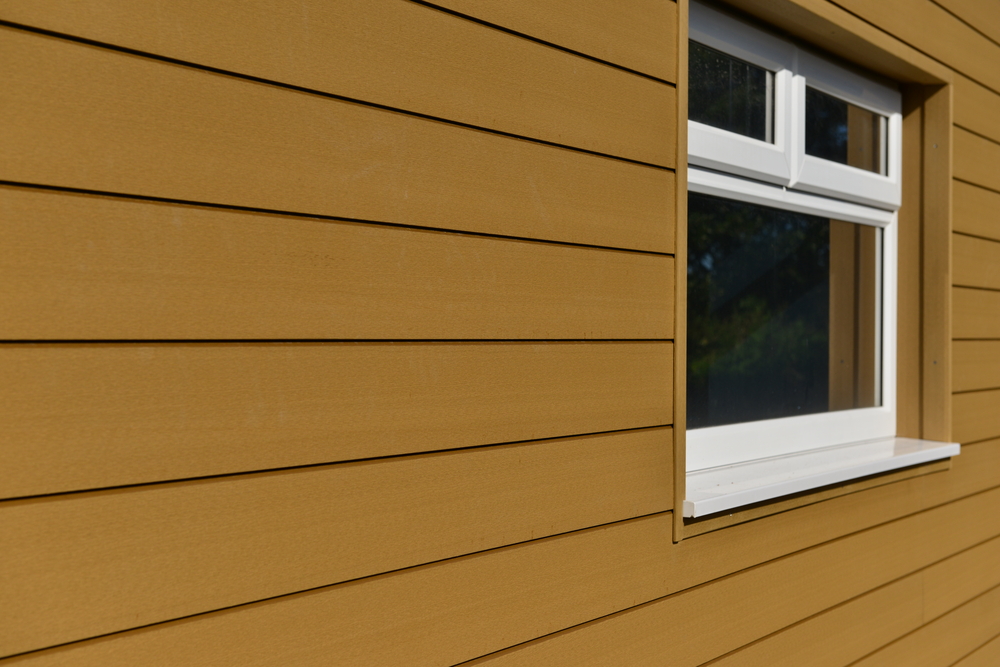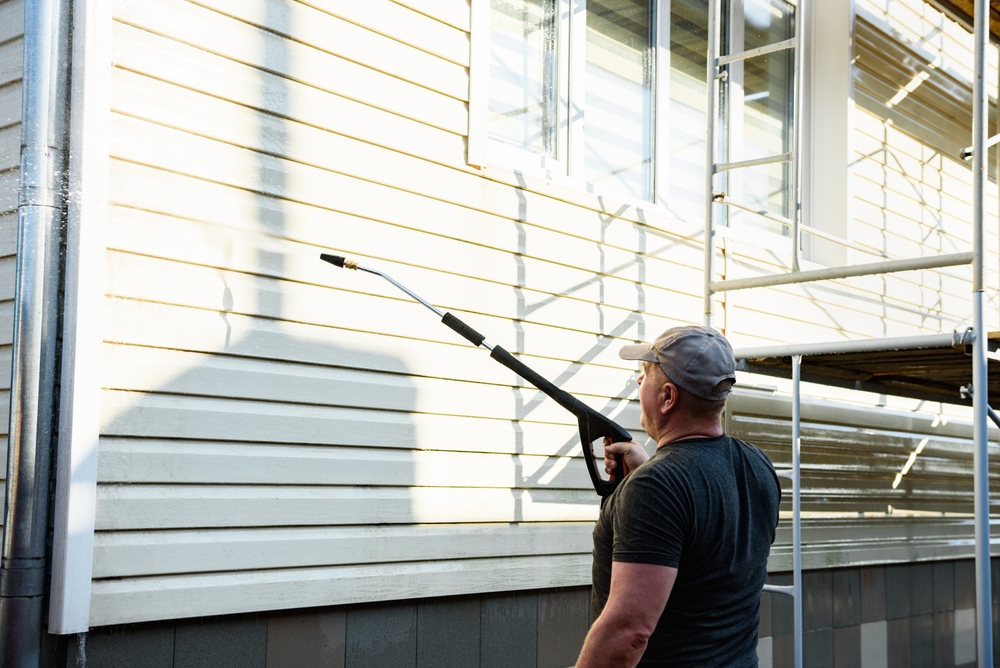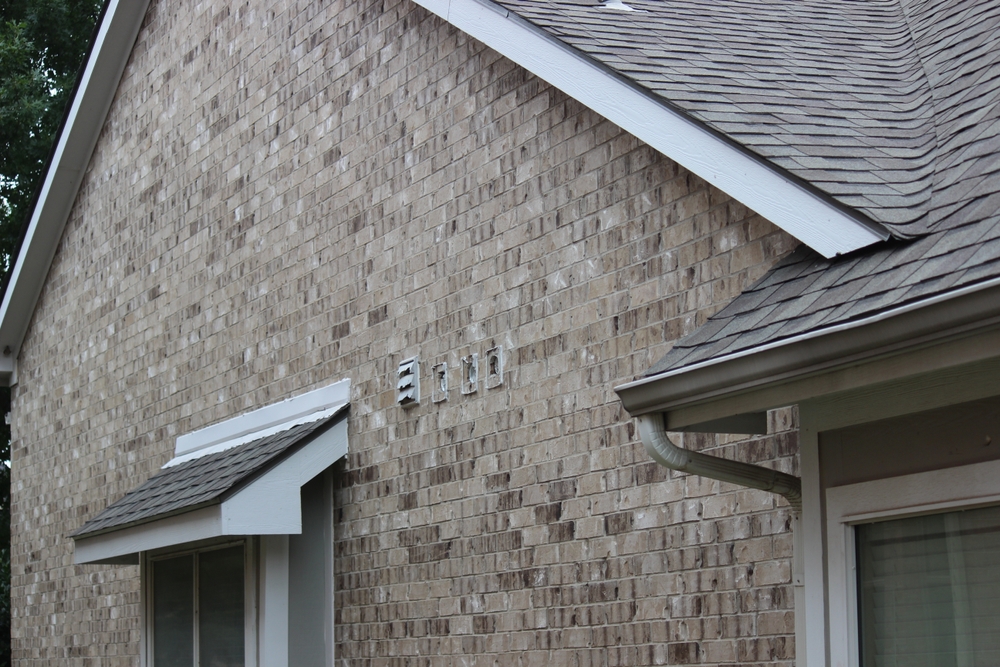In the world of exterior home finishes, wood siding has maintained its timeless appeal for centuries. Its natural beauty, warmth, and versatility continue to captivate homeowners and builders alike. In this article, we’ll delve into the various options of wood siding, with a particular focus on T1-11, and thermally modified wood. We will emphasize not only their aesthetic charm but also their durability, making them excellent choices for both traditional and modern homes.
Introduction
Wood siding has been adorning homes for centuries, and its timeless appeal remains unshaken. This article explores three prominent options in the world of wood siding: cedar, T1-11, and thermally modified wood. We will take a close look at their aesthetic qualities and durability to help you make an informed choice for your home.
Cedar Siding: A Classic Choice
Cedar siding is a classic choice that exudes natural beauty and rustic charm. Its warm, reddish-brown tones create an inviting exterior that blends seamlessly with various architectural styles. Cedar is naturally resistant to decay and insects, making it a durable choice for your home.
T1-11 Siding: The Versatile Panel
T1-11 siding is a versatile and highly adaptable exterior cladding option that has gained widespread popularity among homeowners and builders alike. This siding material is composed of large plywood panels, each bearing a distinctive set of vertical grooves that impart a unique and appealing texture to the exterior of your home. The versatility and cost-effectiveness of T1-11 siding make it a favored choice for a broad range of housing styles and budgets.

Aesthetic Versatility
One of the most compelling aspects of T1-11 siding is its aesthetic adaptability. The vertical grooves, commonly spaced at intervals, create a visually engaging pattern that can complement a variety of architectural designs. Whether you have a traditional, colonial-style home or a more modern, minimalist dwelling, T1-11 siding can be customized to suit your specific aesthetic preferences.
The panels can be left in their natural wood finish, allowing the beauty of the wood grain to shine through, or they can be painted in virtually any color to match or contrast with your home’s color scheme. This flexibility in design allows homeowners to achieve their desired look and feel while maintaining the siding’s structural integrity.
Affordability and Cost Efficiency
T1-11 siding stands out for its affordability, making it an attractive option for those seeking a cost-effective exterior cladding solution without compromising on quality. The relatively low upfront cost of T1-11 panels, when compared to other siding materials, appeals to budget-conscious homeowners and contractors.
Furthermore, T1-11’s ease of installation contributes to its cost efficiency. Professionals can install it quickly, reducing labor expenses. Even for those who choose the DIY route, T1-11’s straightforward installation process makes it a feasible project for homeowners with some basic carpentry skills. This affordability factor extends its popularity to a wide range of housing projects, from single-family homes to larger developments.
Durability and Weather Resistance
While T1-11 siding is known for its affordability, it does not compromise on durability and weather resistance. When properly installed and maintained, T1-11 siding can withstand the rigors of various climates, including exposure to moisture, sunlight, and temperature fluctuations.
The plywood used in T1-11 is typically treated to resist decay and rot, ensuring that it remains in excellent condition over time. Proper sealing and painting further enhance its longevity. With routine maintenance, T1-11 siding can provide decades of reliable protection for your home’s exterior.
Ease of Maintenance
Maintaining T1-11 siding is relatively straightforward, another factor that contributes to its appeal. Regular cleaning and inspections are generally all that’s needed to keep it looking its best. Homeowners can extend its lifespan and maintain its visual appeal by applying a fresh coat of paint or sealant as necessary.
Energy Efficiency
T1-11 siding can contribute to energy efficiency in your home. When combined with proper insulation, it helps regulate indoor temperatures, reducing energy consumption for heating and cooling. This can lead to cost savings on energy bills and a more comfortable living environment year-round.
Environmentally Friendly Options
For eco-conscious homeowners, there are environmentally friendly T1-11 siding options available. Some manufacturers produce T1-11 siding made from sustainably sourced wood, ensuring that your siding choice aligns with your environmental values.
In conclusion, T1-11 siding is a versatile and cost-effective option for homeowners seeking an exterior cladding material that offers aesthetic flexibility, durability, affordability, and ease of maintenance. Its distinctive vertical grooves and adaptability make it a standout choice for various architectural styles, and its ability to withstand the elements ensures that it will protect your home for years to come. Whether you’re embarking on a new construction project or considering a siding replacement, T1-11 siding is a reliable choice that combines practicality with visual appeal.
Thermally Modified Wood: Sustainable Elegance
Thermally modified wood is a modern and sustainable option. Through a controlled heating process, it gains enhanced durability and resistance to decay. Its deep, rich color and contemporary appearance make it an attractive choice for those seeking a unique and eco-friendly siding solution.
Comparing Aesthetics
When it comes to aesthetics, each wood siding type offers its own unique charm. Cedar’s natural beauty and warm hues create a timeless appeal. T1-11’s textured panels provide a classic look, while thermally modified wood adds a modern touch with its rich color and sleek appearance.
Durability: A Key Consideration
Durability is a crucial factor in siding selection. Cedar, with its natural resistance to decay and insects, is a long-lasting option. T1-11’s durability depends on proper maintenance, but it can withstand the elements when cared for. Thermally modified wood’s enhanced durability makes it a top choice for those seeking a siding material that stands the test of time.

Maintenance Requirements
Maintenance is an essential aspect of wood siding. Cedar requires periodic staining or sealing to maintain its beauty. T1-11 needs regular painting or staining to protect it from moisture. Thermally modified wood, on the other hand, requires minimal maintenance, making it a low-effort option for homeowners.
Environmental Impact
For environmentally conscious homeowners, considering the environmental impact of siding materials is crucial. Cedar is a renewable resource, making it an eco-friendly choice. T1-11 and thermally modified wood both offer sustainable options, with thermally modified wood being particularly noteworthy for its minimal environmental impact.
Cost Comparison
Budget considerations play a significant role in siding choices. Cedar is a premium option, while T1-11 is more budget-friendly. Thermally modified wood falls in between, offering a balance between cost and quality. It’s essential to weigh the upfront cost against long-term maintenance expenses.
Installation Process
The ease of installation can be a deciding factor for many homeowners. Cedar and T1-11 are relatively straightforward to install, but hiring professionals is advisable for a flawless finish. Thermally modified wood may require specialized installation due to its unique properties.
Design and Style Options
Wood siding allows for a wide range of design and style choices. Cedar offers a classic, traditional appearance. T1-11’s panel design can suit various architectural styles, from colonial to modern. Thermally modified wood complements contemporary designs with its sleek, elegant look.
Combining Wood Siding Types
Some homeowners choose to mix wood siding types for a distinctive look. Combining cedar with T1-11 or thermally modified wood can create a visually appealing contrast that adds character to your home’s exterior.
Caring for Your Wood Siding
Proper care is essential to extend the life of your wood siding. Regular cleaning, maintenance, and inspections will help preserve its beauty and functionality for years to come. Make sure to follow manufacturer recommendations for each type of wood siding.
Common Challenges in Siding and Window Replacement Projects: Navigating the Maze
The Enduring Popularity of Wood Siding
In conclusion, the timeless appeal of wood siding continues to make it a favored choice for homeowners. Whether you opt for cedar, T1-11, or thermally modified wood, each type offers its unique charm and durability. Your choice should align with your aesthetic preferences, budget, and environmental values.
FAQs
- Is wood siding a sustainable choice for the environment?
- Yes, wood siding, especially cedar and thermally modified wood, can be sustainable options when sourced responsibly.
- How often does cedar siding need to be maintained?
- Cedar siding typically requires re-staining or sealing every 3-5 years, depending on weather conditions.
- Can I paint T1-11 siding to change its color?
- Yes, T1-11 siding can be painted to achieve the desired color, but it will require regular maintenance.
- Can I install wood siding myself, or should I hire a professional?
- While DIY installation is possible, hiring a professional ensures a flawless finish and reduces the risk of errors.
In summary, wood siding remains a classic and durable choice for homeowners, offering a wide range of options to suit various preferences and budgets. So, if you’re looking to enhance your home’s aesthetic appeal and longevity, wood siding may be the perfect solution for you.




